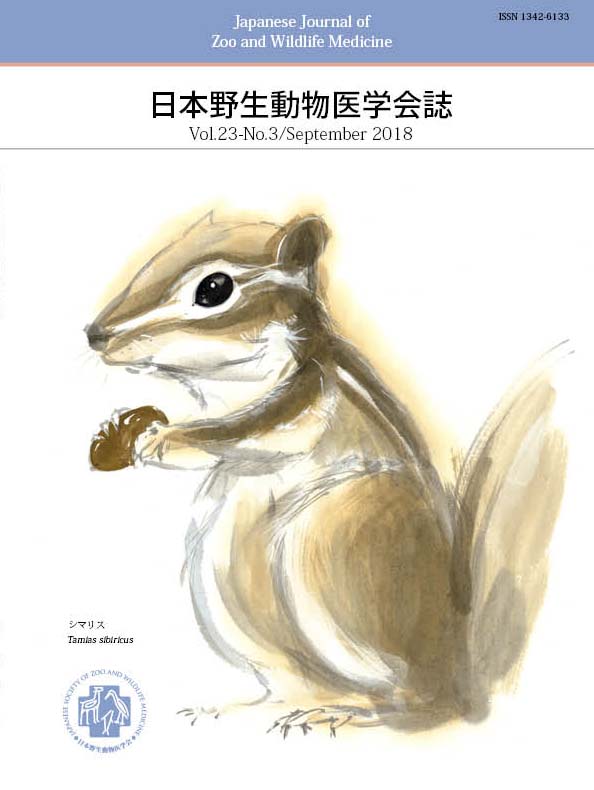Volume 23, Issue 3
Displaying 1-6 of 6 articles from this issue
- |<
- <
- 1
- >
- >|
Special articles
-
2018 Volume 23 Issue 3 Pages 51-
Published: September 28, 2018
Released on J-STAGE: December 05, 2018
Download PDF (86K) -
2018 Volume 23 Issue 3 Pages 53-58
Published: September 28, 2018
Released on J-STAGE: December 05, 2018
Download PDF (1286K) -
2018 Volume 23 Issue 3 Pages 59-64
Published: September 28, 2018
Released on J-STAGE: December 05, 2018
Download PDF (1332K) -
2018 Volume 23 Issue 3 Pages 65-70
Published: September 28, 2018
Released on J-STAGE: December 05, 2018
Download PDF (1240K) -
2018 Volume 23 Issue 3 Pages 71-75
Published: September 28, 2018
Released on J-STAGE: December 05, 2018
Download PDF (566K)
Research note
-
2018 Volume 23 Issue 3 Pages 77-82
Published: September 28, 2018
Released on J-STAGE: December 05, 2018
Download PDF (1223K)
- |<
- <
- 1
- >
- >|
